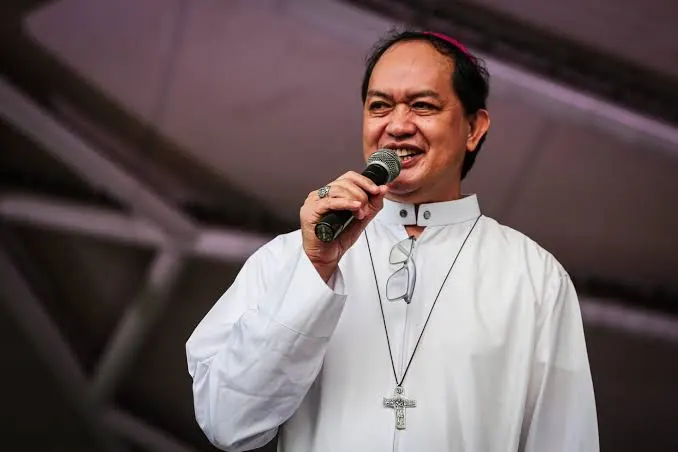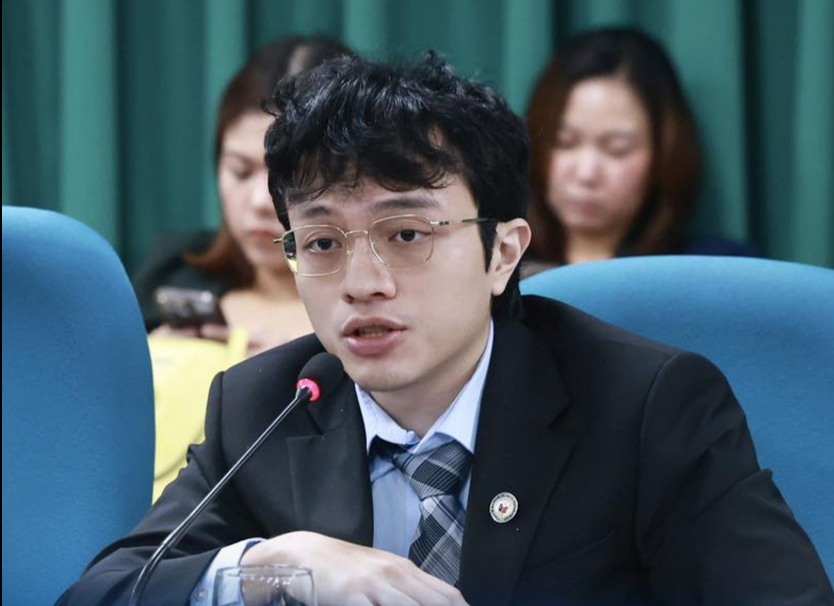While the government has institutionalized the Agrarian Reform Fund (ARF) as the principal source of cash to push the program for the past 36 years, the fund has also been held hostage by lawmakers who have scrimped on the money for the land acquisition and distribution (LAD) program for the past three years. Yet, the ARF has at least P34 billion for the Department of Agrarian Reform (DAR) to utilize in raising the LAD accomplishment rate, the farmer federation Task Force Mapalad (TFM) says.
Proclamation 131 of 1987 started the ball rolling for agrarian reform. The following year, the Comprehensive Agrarian Reform Program (CARP) or Republic Act No. 6657 (RA 6657) was made into law and its key provision was the creation of the ARF, with P50-billion was earmarked for CARP implementation from 1987 to 1992. Eventually, ARF was authorized to finance LAD from 1988 to 1998. Republic Act No. 8532, also known as CARP Extension with Reforms (CARPER), gave ARF another P50-billion to cover the program until 2008. Still incomplete, the program was granted another lifeline as Republic Act No. 9700 (RA 9700) provided ARF with P150-billion to spend from 2009 to 2014.
The law declared that the ARF will be financed with proceeds from the sale of the assets of the dictator Ferdinand Marcos Sr. recovered by the Presidential Commission on Good Government (PCGG.) Using the hidden Marcos wealth to finance agrarian reform and compensate the victims of human rights violations during martial law was considered by post-martial law regimes as a proper approach to address wholesale injustices committed by the Marcos dictatorship, Task Force Mapalad (TFM) stressed in its study on the budget for agrarian reform,
ARF’s money came from the proceeds of the sales of assets held by the Privatization and Management Office (PMO), formerly known as the Asset Privatization Trust (APT), and from the proceeds of the disposition or development of state properties in foreign countries that were allocated for agricultural support services; share from official foreign grants and concessional financial for agricultural support services. ARF was also allocated P5-billion from the General Appropriations Act (GAA) annually apart from other forms of gratuitous financial assistance and other government funds. On the face of it, the ARF should have been swimming in cash, TFM argued, and the government could have gone on full speed ahead, never mind the torpedoes.
To obviate the possible misuse of ARF assets, the Presidential Agrarian Reform Council (PARC) issued Council Resolution No. 88-9-2 which declared the council solely responsible for the fund’s administration. The PARC Executive Committee approves the ARF allocations for CARP implementing agencies. Under these conditions, the Department of Agrarian Reform (DAR) should have utilized the funds to speed up the LAD, increase the rate of issuances of the notices of coverage (NOCs) of private agricultural lands (PALs), hasten the surveys of haciendas and speed up the installation of CARP beneficiaries.
However, instead of speeding up the completion of the agrarian reform program, DAR has been a slow train coming, and its recent record of reversing its decisions on contested lands, from the Batangas haciendas, the 40,000-hectare Coron-Busuanga Yulo King Ranch and the scrapping of the classification of the 10,821-hectare Bugsuk island in Palawan to justify the ejection of indigenous people (IP) from their farms on the island show that the department is marching to a different tune. All the beneficiaries of DAR’s generosity were traditional landlords, rentier Marcos cronies and the wunderkind of the late Danding Cojuangco, Ramon S. Ang.
Worse, the DAR has not even objected to being given the short shrift by Congress, which has been cutting down the money for landowners’ compensation, enabling landlords and agribusiness enterprises to continue holding on to lands that had been covered by CARP and paid partly, 30%, to enable DAR to legally take over lands and install farmers. In 2022, the national budget allocated P10,023,349,000 for the DAR, with the Land Tenure Security Program (LTSP) getting P5,354,536,000 or 56% of the budget. LTSP includes the money for LAD. In that year, the money allocated for landowner compensation was only P5,427,000.
TFM said the DAR’s budget was reduced the following year, with allotment reduced to P9,861,803,000, with LTSP getting P3,033,564,000 of 31% of the department’s budget. Landowner compensation was pegged at P6,784,000. This year, the DAR budget was shaved some more at P8.081,067,000 and LTSP got P2,692,650,000 or 33%, while landowner compensation was fixed at P6,784,000. For the National Expenditure Plan (NEP) for 2025, the DAR will get P10,442,038,000, and LTSP’s share is still stuck at 22%. The share of landowners’ compensation will still be pegged at P6,784,000. At the cost of P100,000 per hectare of agricultural land, the DAR will only be able to buy 67.84 hectares per year from 2023 to 2025, or 203.52 hectares until the midpoint of the Marcos Jr. administration. Add the 54.27 hectares acquired in 2022 and you have a total of 257.79 hectares. For millions of landless Filipinos, that figure is a depressing one.




